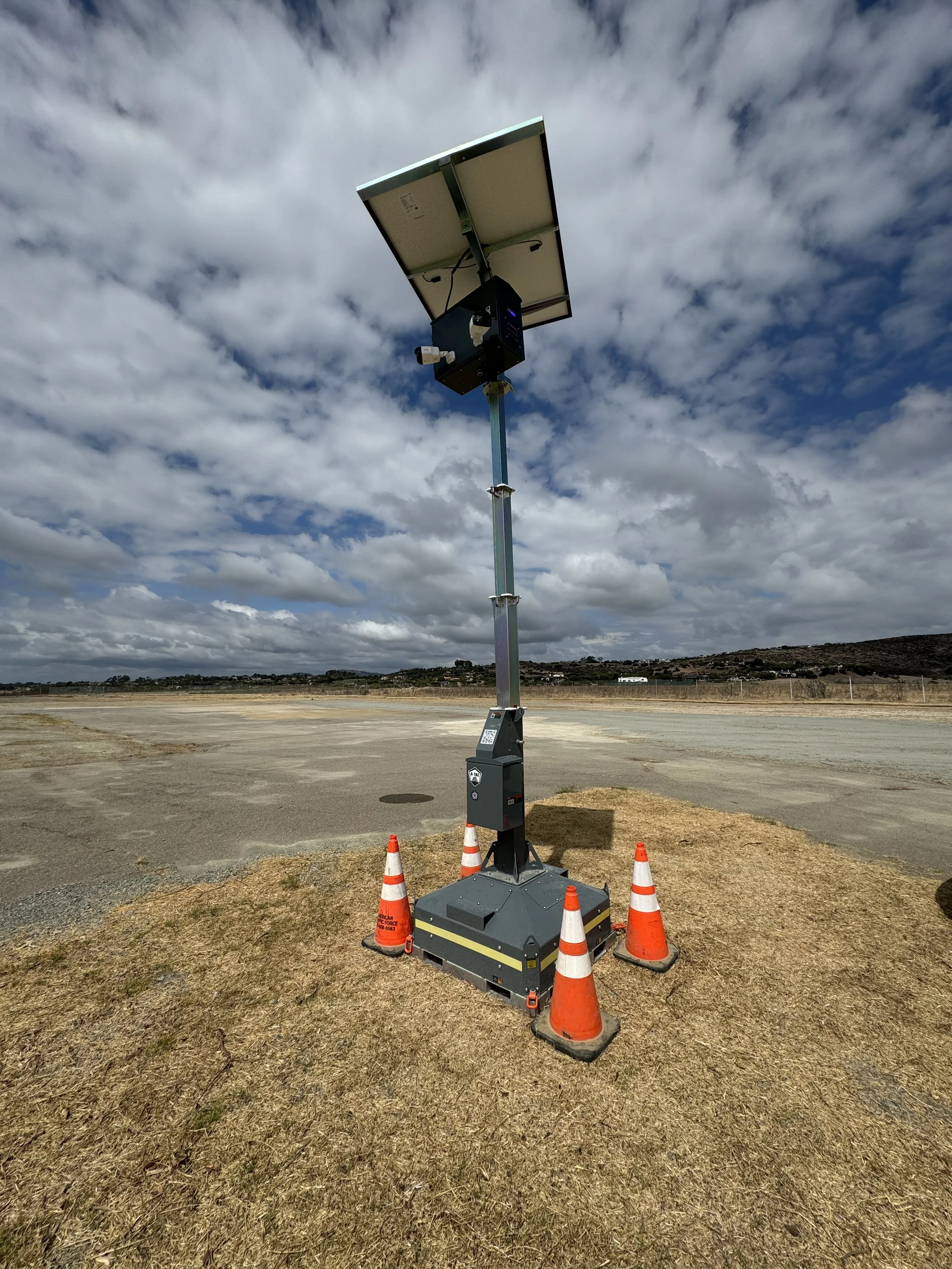Security Surveillance
Enhance Security with A-Tac Solutions: Surveillance expertise powered by AI to combat construction theft. Say goodbye to costly, ineffective security measures and invest in your peace of mind today.
Our Security Systems Artificial Intelligence
Artificial intelligence is increasingly utilized to enhance law enforcement efforts in tracking suspicious behaviors, cataloging evidence, and prosecuting crimes. Here's how AI plays a crucial role in these aspects:
-
• Anomaly Detection: AI algorithms can analyze vast amounts of data from various sources, including surveillance cameras, social media, and sensor networks, to identify unusual patterns or behaviors that may indicate criminal activity or security threats.
• Predictive Policing: AI can help predict crime hotspots and trends by analyzing historical crime data, weather patterns, and social factors, enabling law enforcement to allocate resources more effectively.
-
• Object Recognition: AI-powered video analytics can identify and track objects, people, or vehicles of interest in real-time, helping to locate suspects or track the movement of evidence.
• Facial Recognition: AI can be used for facial recognition to identify individuals from surveillance footage, aiding in the identification of suspects or witnesses.
• Behavior Recognition: AI can detect unusual behaviors in video feeds, such as loitering, fighting, or suspicious package placement, triggering alerts for law enforcement to investigate.
-
• Automated Data Extraction: AI can extract relevant information from digital evidence, such as text, images, or audio recordings, and categorize it for easier analysis and retrieval.
• Metadata Analysis: AI can analyze metadata associated with digital evidence, helping to establish a chain of custody and verify the authenticity of data.
• Data Linking: AI can connect related pieces of evidence across various sources, aiding investigators in building a comprehensive case.
-
• Automated Data Extraction: AI can extract relevant information from digital evidence, such as text, images, or audio recordings, and categorize it for easier analysis and retrieval.
• Metadata Analysis: AI can analyze metadata associated with digital evidence, helping to establish a chain of custody and verify the authenticity of data.
• Data Linking: AI can connect related pieces of evidence across various sources, aiding investigators in building a comprehensive case.
-
• Automation of Administrative Tasks: AI can automate paperwork, data entry, and routine administrative tasks, allowing law enforcement personnel to focus more on investigative work.
• Legal Research: AI-powered tools can assist in legal research by quickly identifying relevant statutes, case law, and precedents to support the prosecution's case.
-
AI models can assist judges and prosecutors by predicting potential sentencing outcomes based on historical case data, helping to ensure fair and consistent sentencing.
It's important to note that while AI offers numerous advantages in law enforcement, it also raises ethical and privacy concerns, particularly in areas like facial recognition and data privacy. Proper regulation and guidelines are essential to ensure the responsible and lawful use of AI in criminal justice applications.

“Artificial Intelligence isn’t a replacement for human performance, it is an instrument of enhancement that when employed responsibly can increase productivity and performance unlike any other tool.”
— Rick Young, Founder & Owner


